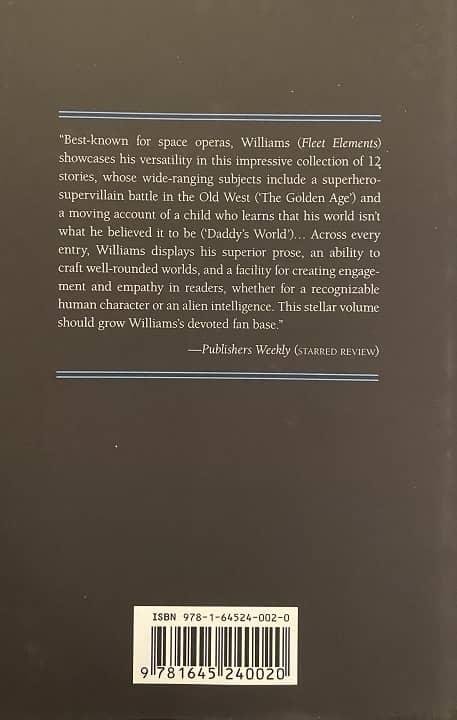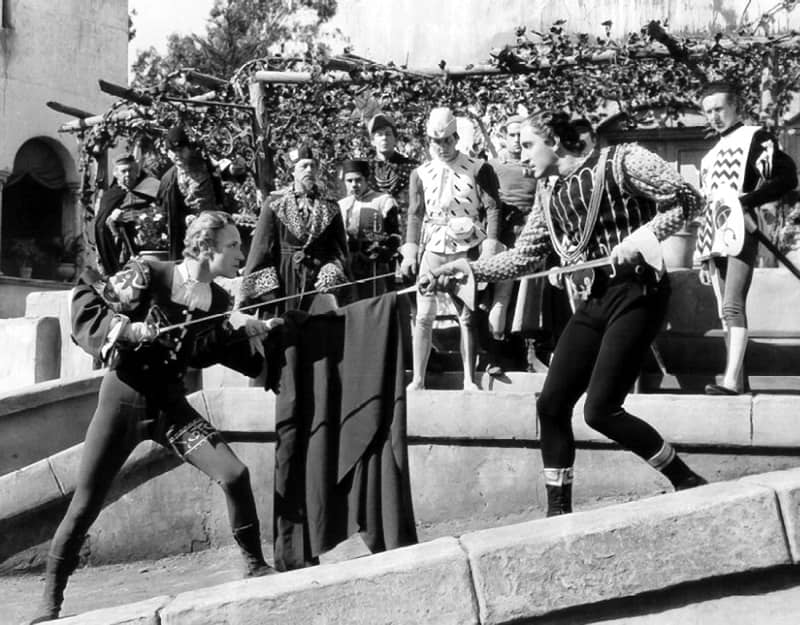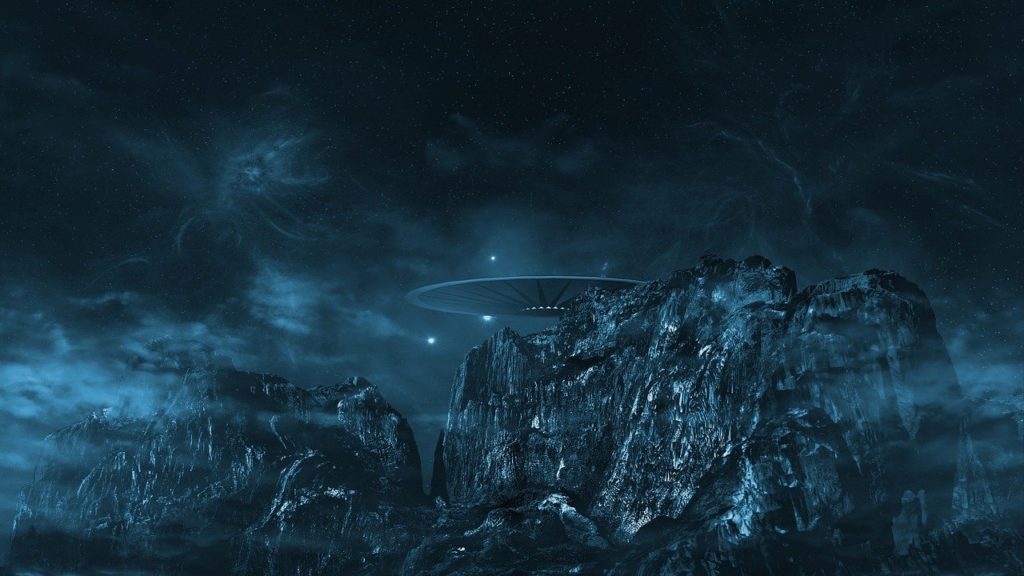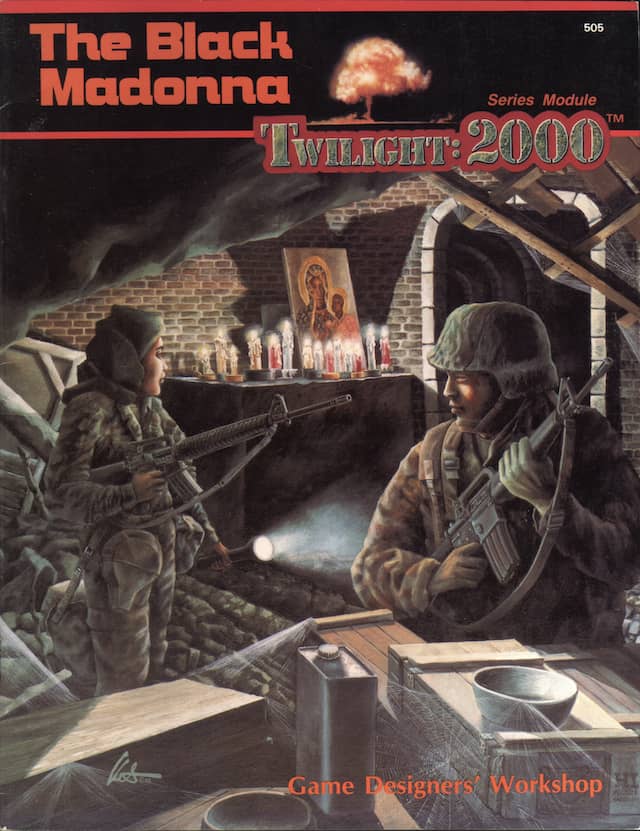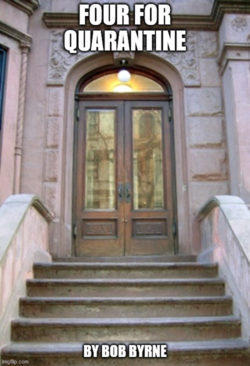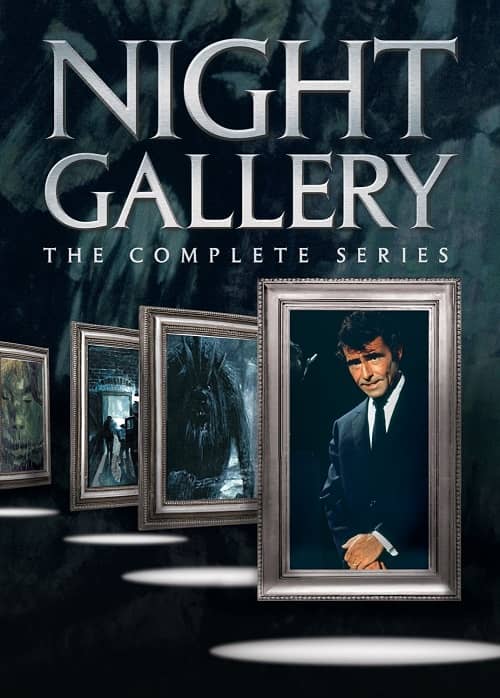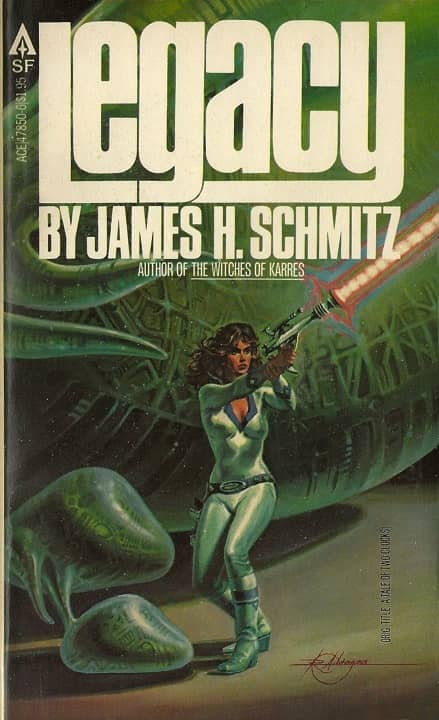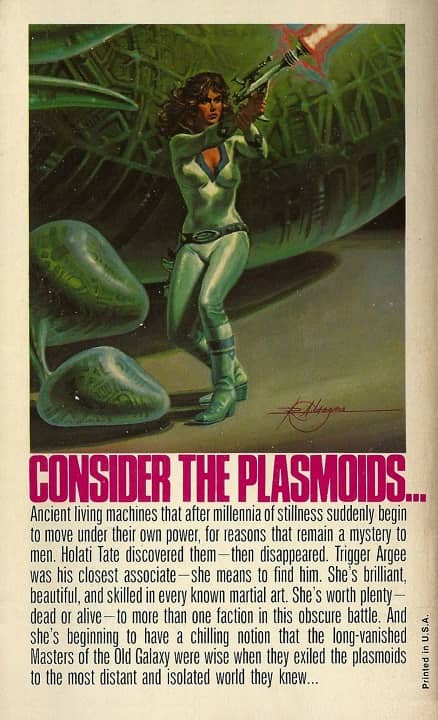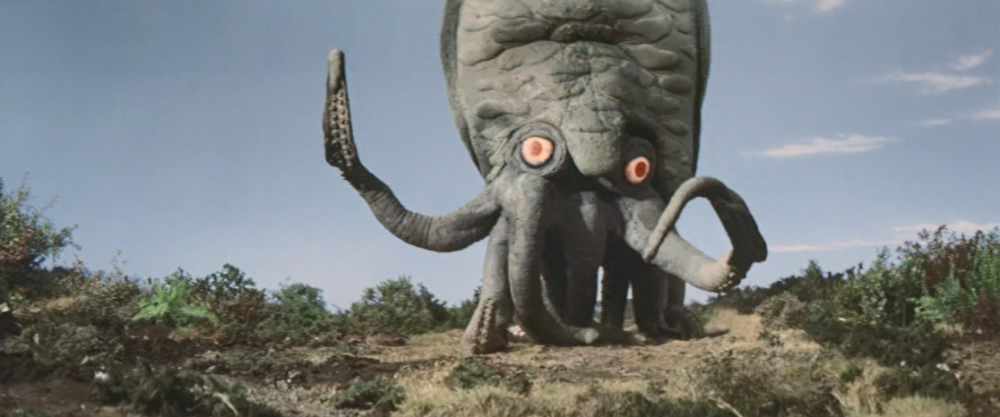Meeting a Great Australian Fabulist, Angela Slatter: The Tallow-Wife and Other Tales, Tartarus Press and All the Murmuring Bones, Titan Books
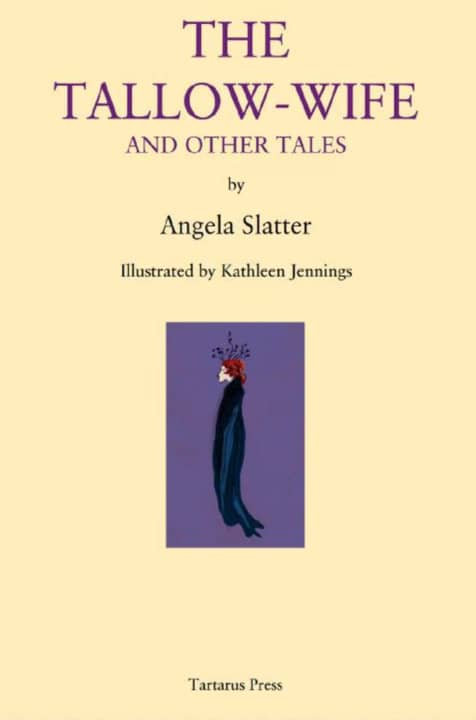 |
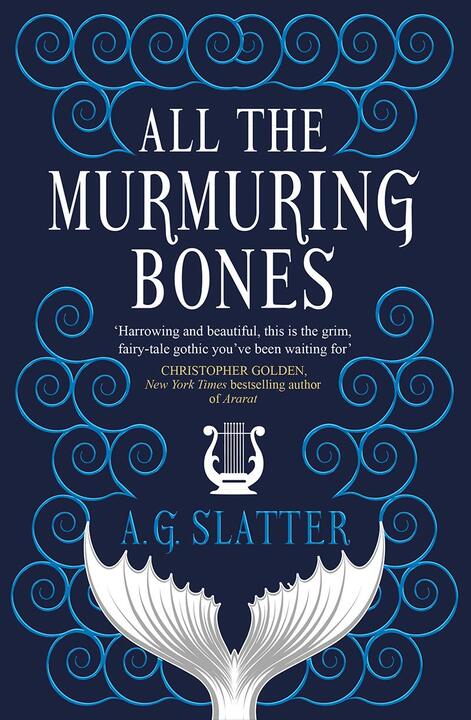 |
The Tallow-Wife and Other Stories (Tartarus Press, February 24, 2021) and All the Murmuring Bones
(Titan Books, March 9, 2021). Covers by Kathleen Jennings, and unknown
Any new book by Angela Slatter is a reason to rejoice for any lover of good dark fantasy.
Slatter is a very talented Australian writer, a born storyteller or, to be precise, a great fabulist, an author of modern, complex fairy tales for grownups. The Tallow-Wife is a collection of stories and novellas the core of which is the long title story, a dark comedy portraying the downfall of a family hiding some unspeakable secrets. But, in turn, that narrative and the rest of the volume are strictly connected to the characters and events described in two previous books, also published by Tartarus Press, Sourdough and Other Stories and The Bitterwood Bibles and Other Recountings.
Thus, although each tale can be read as a stand alone story, the task may be a bit difficult — although always quite enjoyable thanks to Slatter’s exceptional storytelling ability — if you’re not already familiar with the characters and their previous predicaments and adventures. In fact all the stories are interconnected to form a complex mosaic.
Indeed in her Afterword the author admits,
My brain was trying to write The Tallow-Wife as a novel — to connect everything. But the fractured structure, the untidy threads are the whole point. In hindsight perhaps I should have just written a novel… I wanted to finish off some arcs that I’d left in the previous books.

